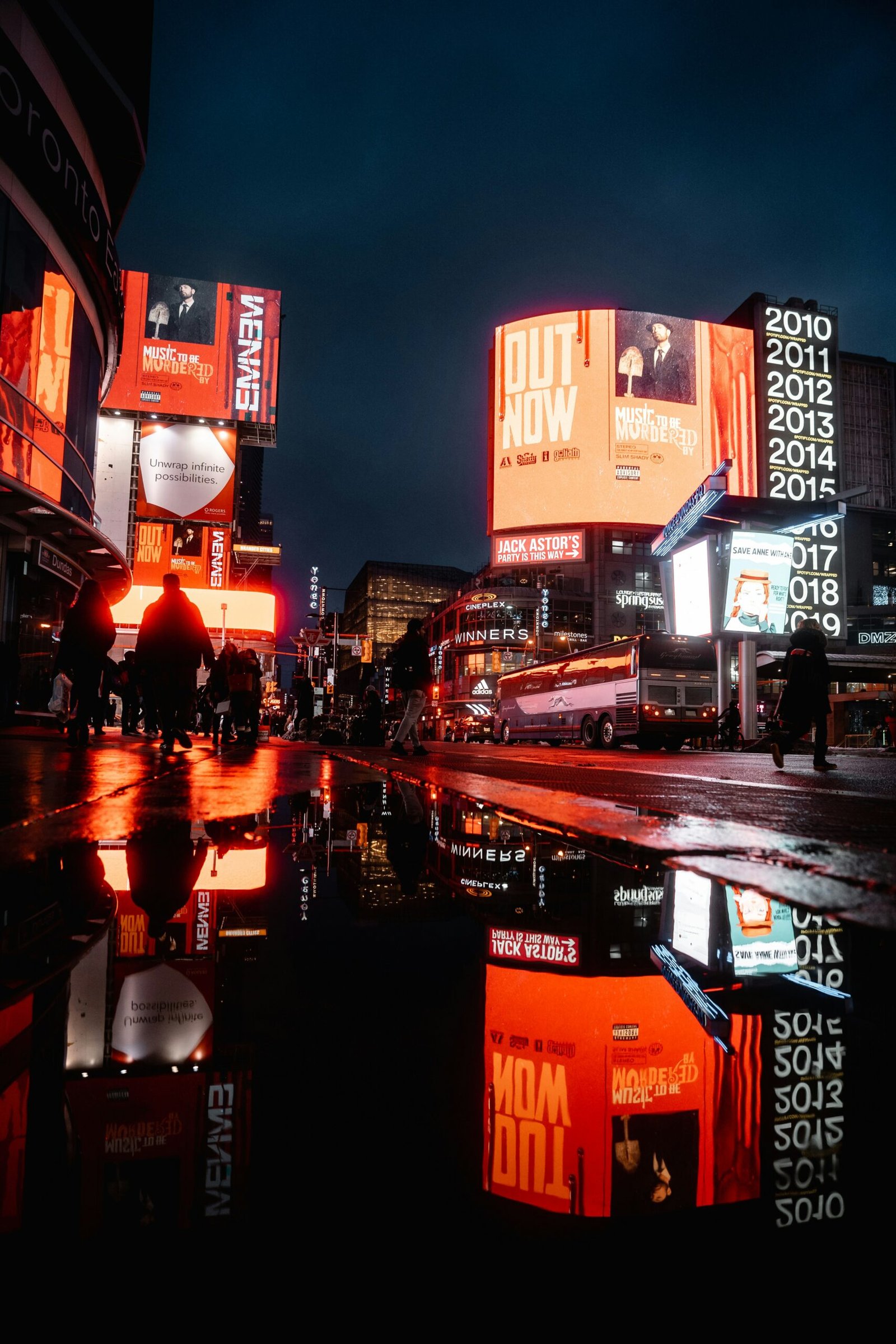“`html
Apple Vision Pro
The Apple Vision Pro marks a significant milestone as Apple’s inaugural entry into the mixed-reality headset market. This advanced device boasts a high-resolution display that promises an immersive visual experience, setting a new standard in the realm of mixed-reality technologies. The sleek design of the Apple Vision Pro not only enhances its aesthetic appeal but also ensures comfort for extended usage, a crucial feature for both casual users and professionals.
As a new product category for Apple, the Vision Pro represents the company’s commitment to innovation and pushing the boundaries of what’s possible in consumer technology. The integration of cutting-edge hardware and software underscores Apple’s vision for the future of mixed reality, where digital and physical worlds seamlessly blend.
Market expectations for the Apple Vision Pro are high, fueled by the company’s reputation for delivering high-quality, user-friendly products. Analysts and enthusiasts alike anticipate that this headset will significantly impact the technology landscape, potentially setting new trends and standards for future mixed-reality devices. The Vision Pro is expected to cater to a wide range of applications, from gaming and entertainment to professional use cases such as virtual meetings and remote collaboration.
In conclusion, the Apple Vision Pro is more than just a new gadget; it is a transformative device poised to redefine how we interact with digital content. Its launch signifies a bold step forward for Apple, promising to influence the direction of mixed-reality technology for years to come.
Innovative Display Technology
The Apple Vision Pro stands at the forefront of mixed-reality headsets, primarily due to its groundbreaking display technology. Apple has integrated the highest-resolution display ever constructed for a mixed-reality headset, setting a new benchmark in the industry. The Vision Pro utilizes dual 4K micro-OLED screens, delivering an unparalleled visual experience that surpasses current market standards.
Each micro-OLED screen boasts a resolution of 4096 x 4096 pixels, ensuring that every detail is rendered with stunning clarity. This high pixel density eliminates the screen-door effect commonly seen in other headsets, providing users with a seamless and immersive visual experience. The precision and sharpness of the display are particularly beneficial for applications requiring detailed visuals, such as graphic design, gaming, and virtual meetings.
Compared to existing mixed-reality headsets, the Apple Vision Pro’s display technology is a significant leap forward. For instance, the Oculus Quest 2 features a resolution of 1832 x 1920 pixels per eye, which, while impressive, does not match the Vision Pro’s superior clarity and detail. Similarly, the HTC Vive Pro 2 offers 2448 x 2448 pixels per eye, yet still falls short of the Vision Pro’s capabilities.
Furthermore, the Vision Pro employs advanced display techniques such as high dynamic range (HDR) and an expansive color gamut. These features contribute to more vibrant and lifelike visuals, enhancing the overall realism of the mixed-reality experience. The integration of HDR allows for greater contrast and color accuracy, making virtual environments appear more natural and engaging.
The innovative display technology of the Apple Vision Pro not only sets it apart from its competitors but also redefines user expectations for mixed-reality headsets. By prioritizing high resolution, precise detail, and advanced visual enhancements, Apple has created a device that promises to deliver an exceptional and immersive user experience.
Advancements in Augmented Reality
The Apple Vision Pro represents a significant leap forward in the realm of augmented reality (AR), blending state-of-the-art software and cutting-edge hardware to create a more immersive and interactive experience. Central to this advancement is the seamless integration of advanced sensors and powerful processors, enabling real-time tracking and rendering of digital overlays. The device’s high-resolution display ensures that virtual elements are crisp and lifelike, enhancing the user’s ability to interact with augmented environments naturally.
One of the standout features of the Apple Vision Pro is its sophisticated software ecosystem, which leverages machine learning algorithms to optimize AR experiences. This allows for more precise mapping of physical spaces, making virtual objects appear as though they are truly part of the real world. By fostering an environment where digital and physical elements coalesce seamlessly, the Apple Vision Pro elevates the standard for what is possible in augmented reality.
In the field of education, the Apple Vision Pro has the potential to transform traditional learning paradigms. Students can engage with interactive 3D models, participate in virtual field trips, and visualize complex concepts in a more comprehensible manner. This hands-on approach not only aids in retention but also makes learning more engaging and enjoyable. Similarly, in healthcare, AR applications can assist in medical training by providing simulations of surgical procedures or aiding in patient diagnostics and treatment planning.
Gaming enthusiasts will find the Apple Vision Pro to be a game-changer, literally and figuratively. The immersive AR capabilities open up new avenues for gameplay, where players can interact with digital characters and environments that blend seamlessly with the real world. This fusion of reality and virtuality offers a more engaging and dynamic gaming experience.
Moreover, professional environments stand to benefit greatly from the Apple Vision Pro’s augmented reality features. Architects can visualize building designs in situ, engineers can overlay schematics onto physical objects, and remote teams can collaborate more effectively with shared AR workspaces. These applications underscore the versatility and transformative potential of the Apple Vision Pro in various industries.
Future Prospects and Market Impact
The Apple Vision Pro represents a significant milestone in the evolution of mixed-reality technology, setting a new benchmark for what such devices can achieve. As consumer interest in augmented and virtual realities grows, the Vision Pro is poised to lead the market, driven by Apple’s robust ecosystem and innovative prowess. The future prospects for this device are promising, with several factors indicating its potential to transform the tech landscape.
Consumer expectations are high, with users anticipating seamless integration with existing Apple products, advanced features, and continuous updates that enhance performance and usability. The Apple Vision Pro’s initial adoption is likely to be driven by tech enthusiasts and early adopters; however, as the technology matures and becomes more accessible, broader consumer segments could embrace it, expanding its market reach.
Potential future updates to the Apple Vision Pro might include enhancements in display resolution, battery life, and processing power, as well as the incorporation of advanced sensors and AI capabilities. These improvements would not only refine the user experience but also broaden the application spectrum of the device, from gaming and entertainment to professional and educational uses.
Market analysis suggests that the Apple Vision Pro could significantly impact the competitive landscape of mixed-reality headsets. By leveraging its brand reputation, extensive distribution network, and loyal customer base, Apple is well-positioned to capture substantial market share. Competitors will undoubtedly feel the pressure to innovate and improve their offerings to keep pace with Apple’s advancements.
Expert opinions highlight the Apple Vision Pro’s potential to drive the adoption of mixed-reality technology across various industries. Its influence could extend beyond consumer electronics into fields such as healthcare, architecture, and remote collaboration, fostering new use cases and business models. As Apple continues to invest in research and development, the Vision Pro is expected to remain at the forefront of this rapidly evolving market, shaping the future of mixed-reality experiences for years to come.







0 Comments